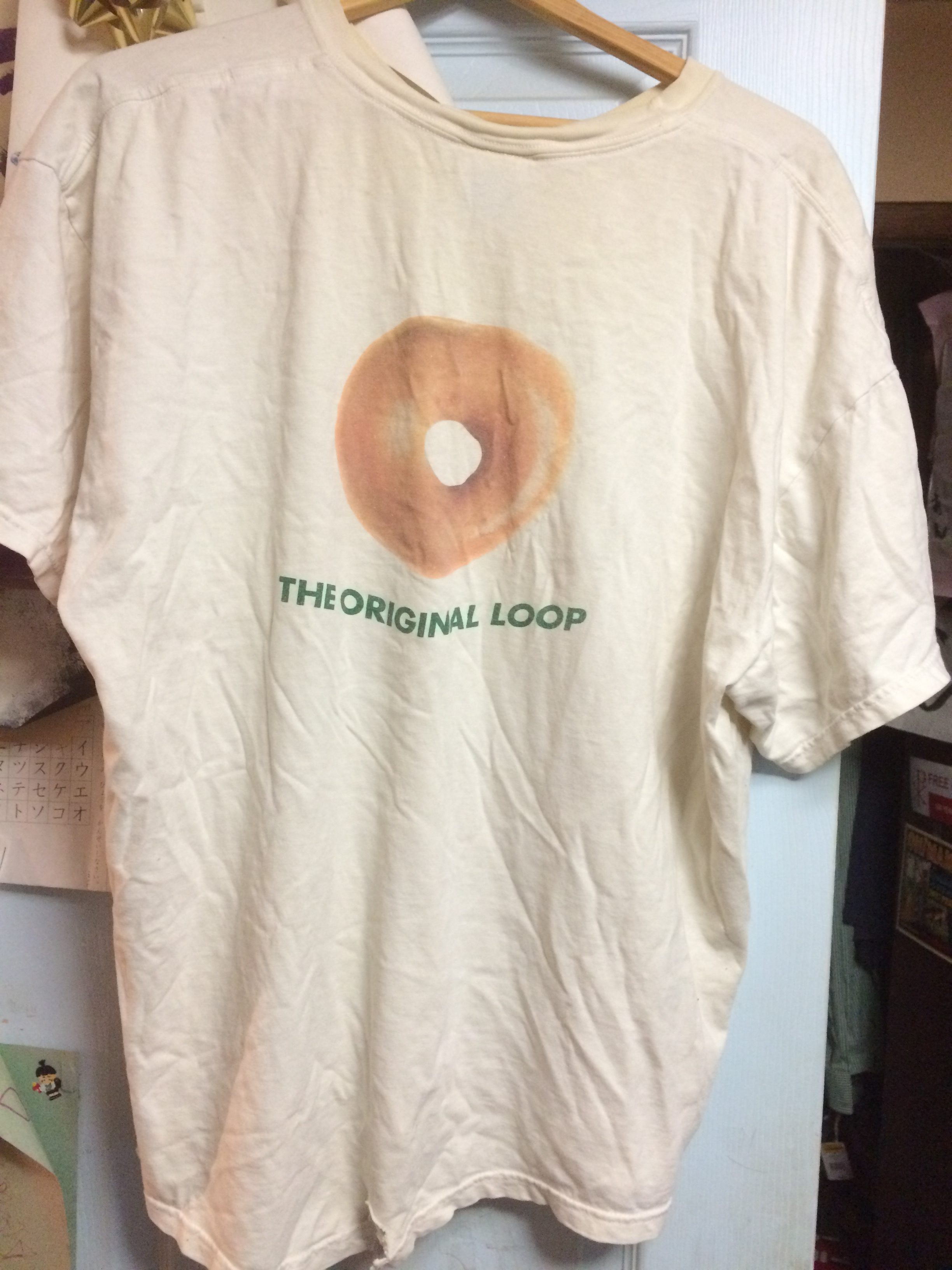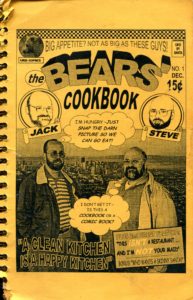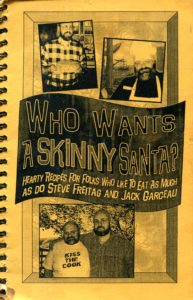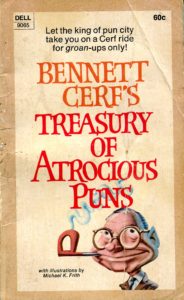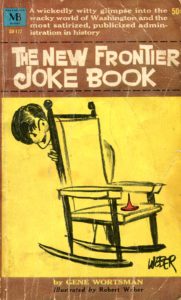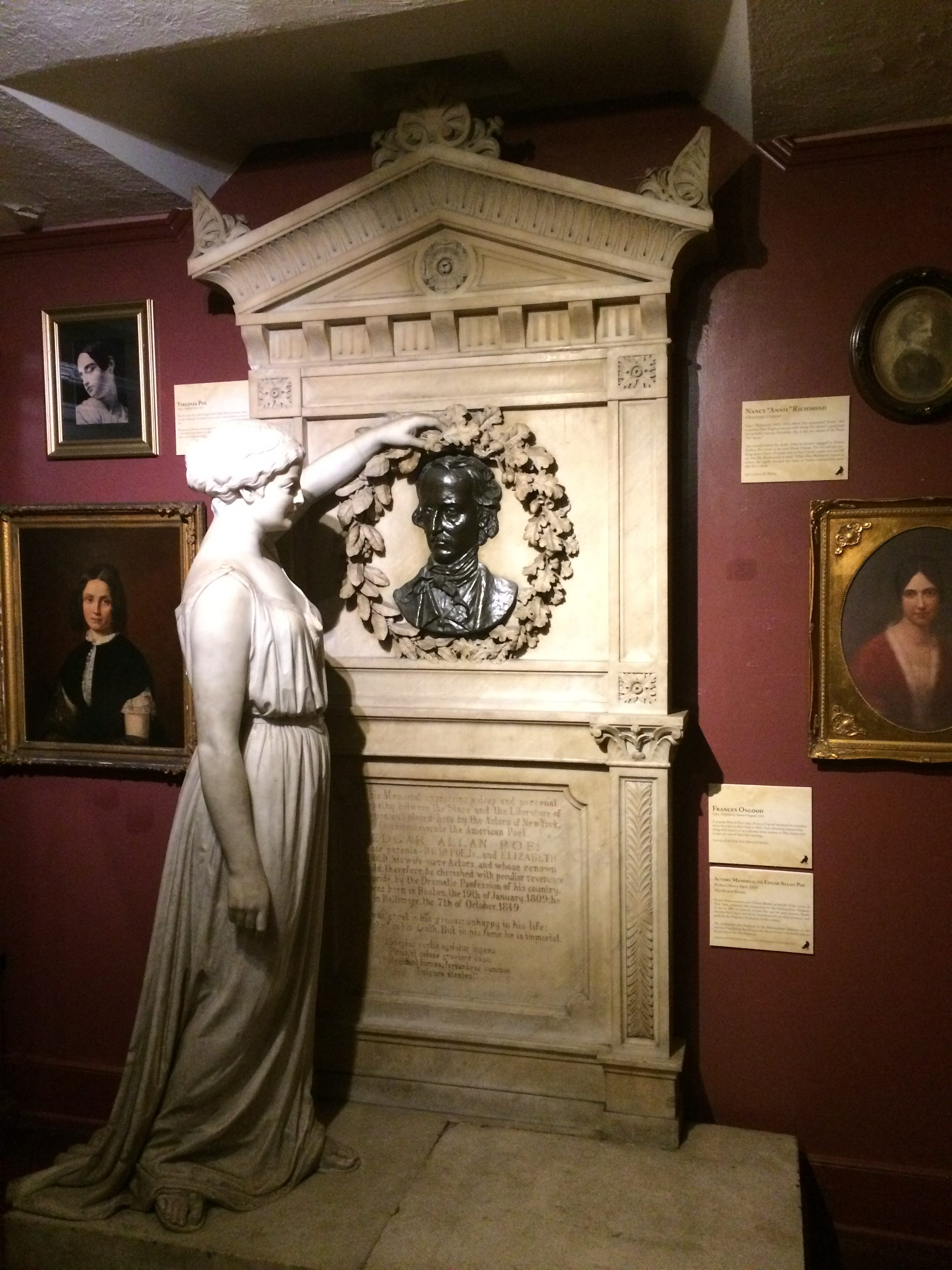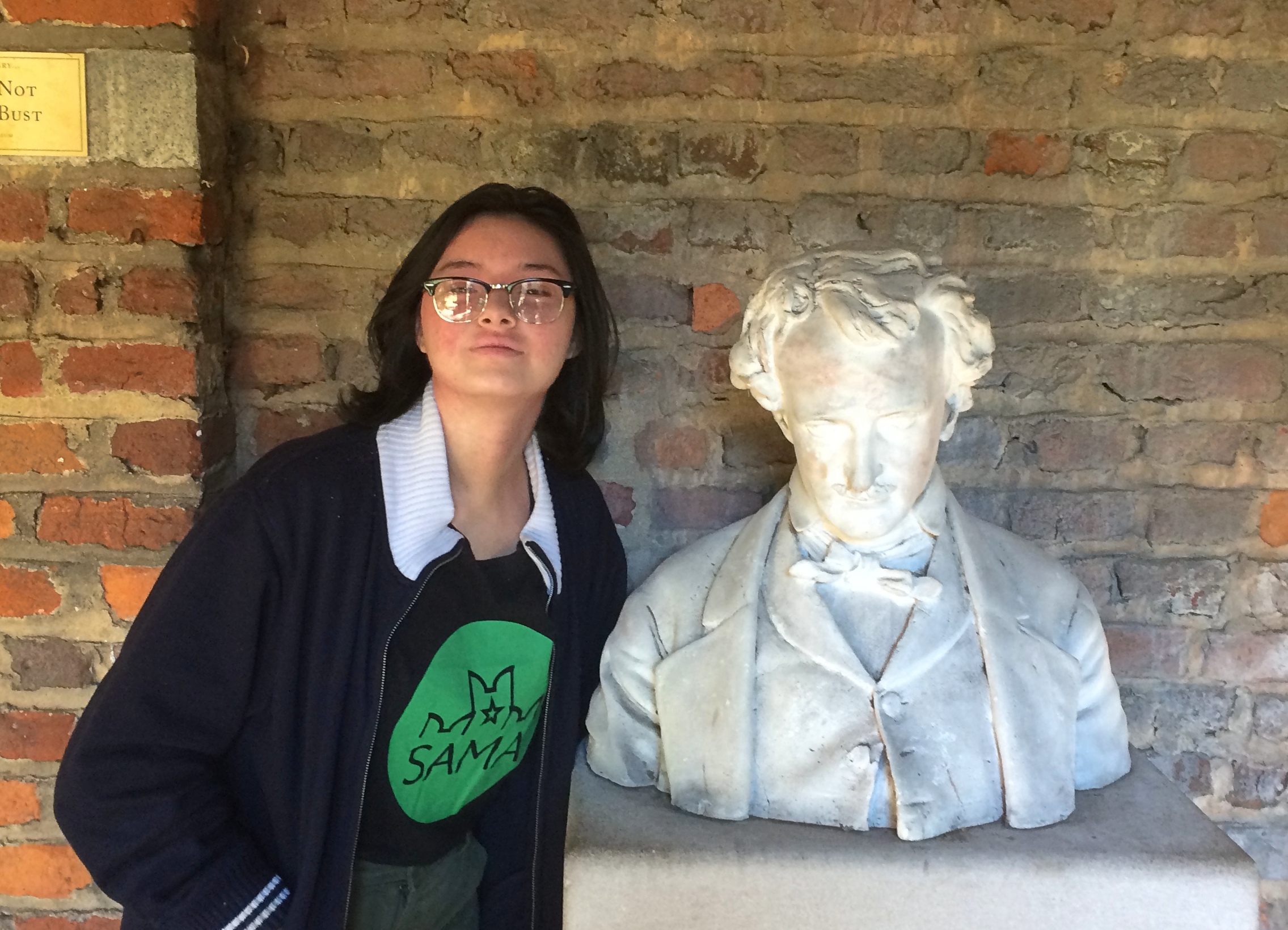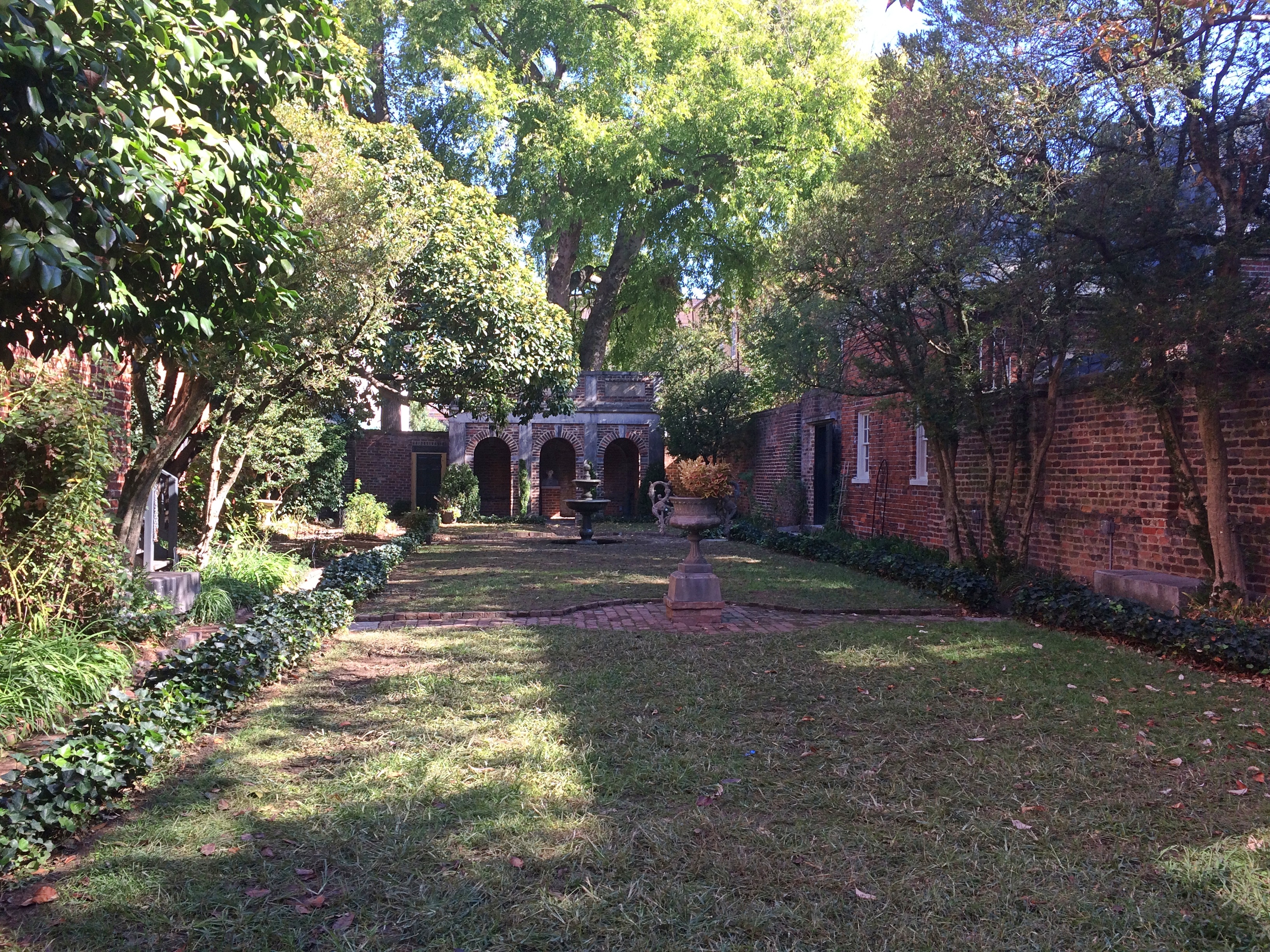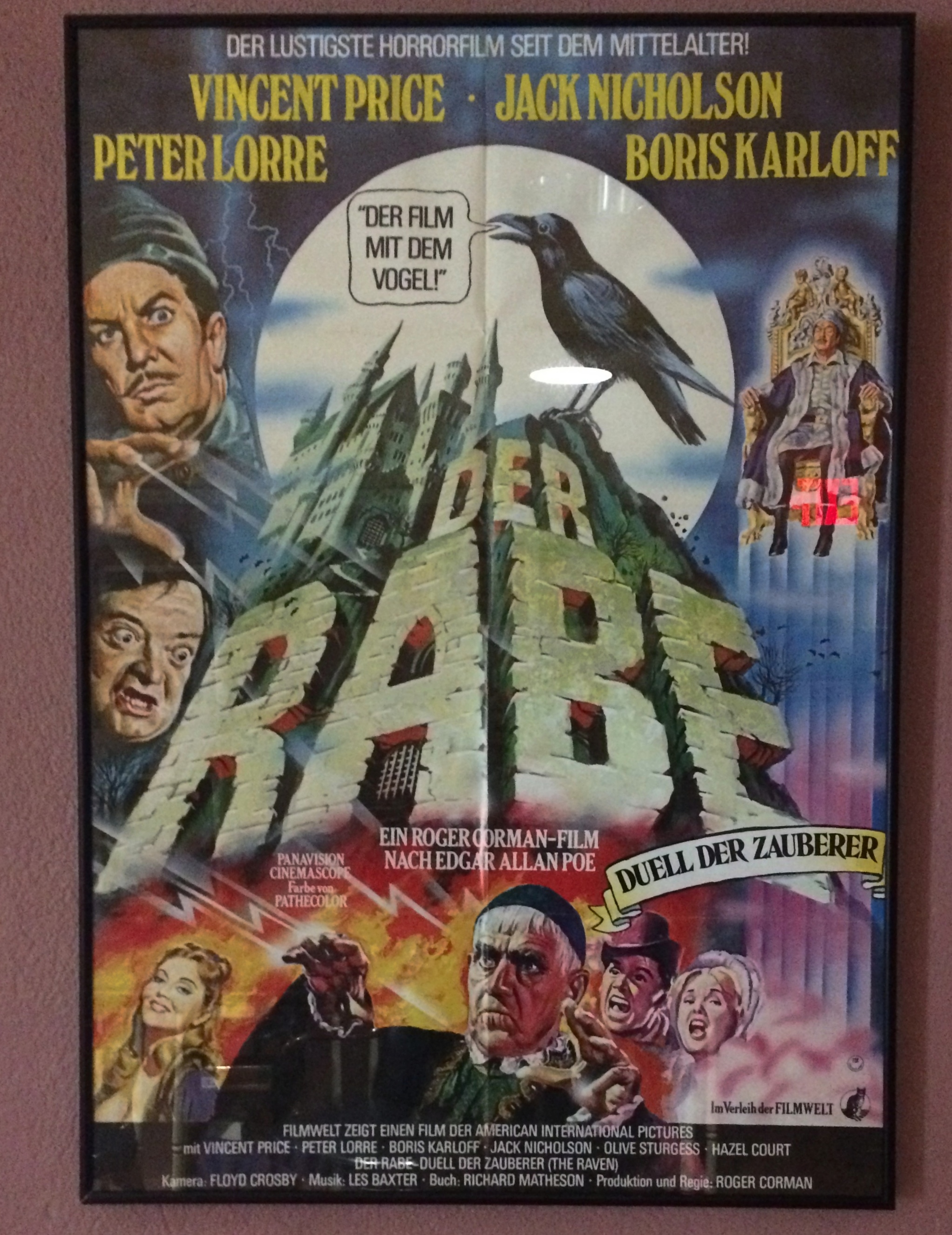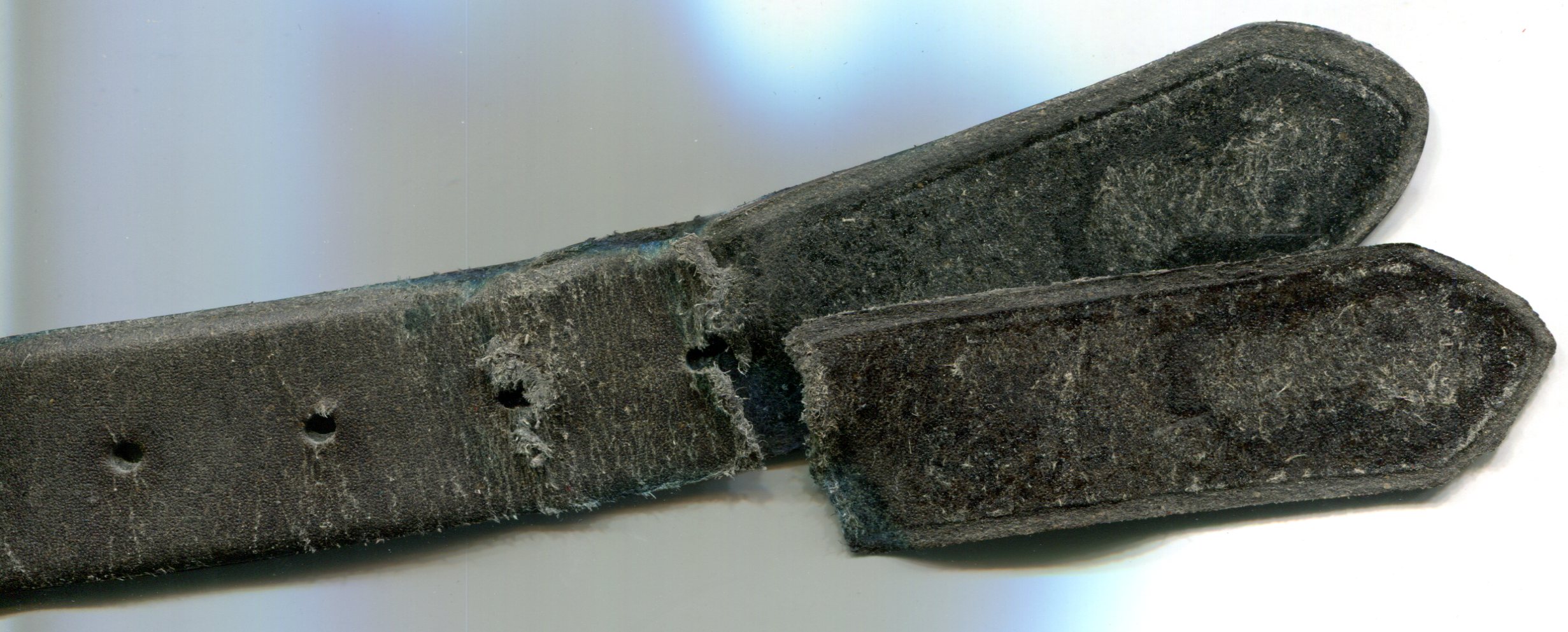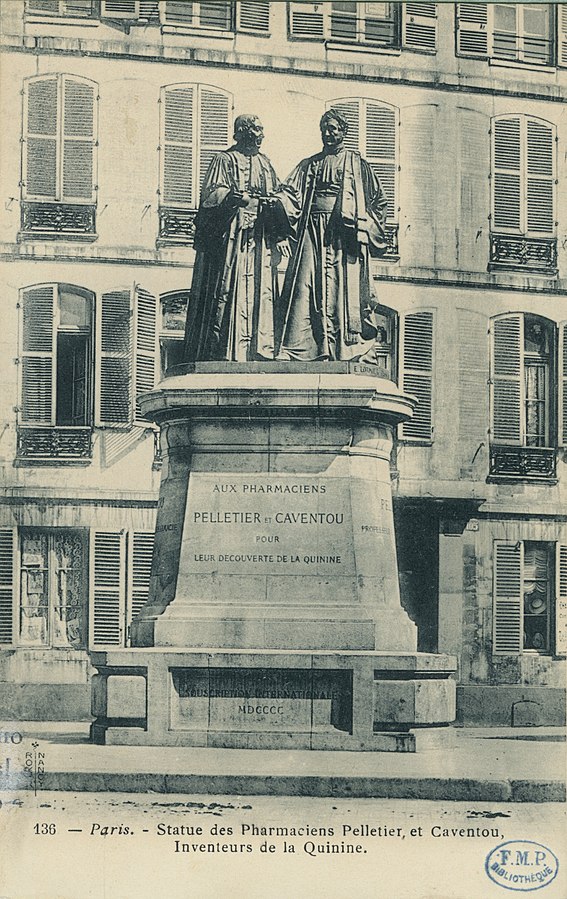I go off on tangents fairly easily, but then again they’re about the only trips you can take these days. I had a good one yesterday evening, after work and after dinner and after our walk. A discussion some time ago about writing good headlines inspired me to think about a half-remembered list in The Book of Lists, which I pull off the shelf every few years. Specifically, Dr. Demento’s 10 Worst Song Titles of All Time.
I checked. It’s on p. 178. Back when I originally owned the book, in the late 1970s, you’d read such a list, be amused, and that was that. You might hear one of the songs on the list on Dr. Demento, if you listened to the show. I wasn’t a regular listener back then, though I did hear it sporadically — often enough to hear the likes of “Fish Heads,” but never anything on the list that I remember.
So I decided, true to form when on a tangent, to look more closely at some of those bad song titles, at least in Dr. Demento’s opinion (a list he created for The Book of Lists). I toyed with the idea of reposting all of the titles here, but most of the 10 titles are pretty long, and I didn’t feel like all that transcription, so I looked to see if they were posted elsewhere on line. As far as I can tell, there are other versions online, such as this one, that certainly features some bad song titles, but none of them are on ’70s list in The Book of Lists.
Or this list, which claims to be a ’90s version of the original, but has only one title in common with it: “How Could You Believe Me When I Said I Loved You When You Know I’ve Been A Liar All My Life.”
In our time, you can go to YouTube and see most if not all of the bad-title songs, such as “How Could You Believe Me…,” which I have to say hasn’t aged that well.
So I picked a few of the songs from the ’70s list and looked them up. Such as “Would You Rather Be a Colonel With An Eagle On Your Shoulder Or A Private With A Chicken On Your Knee?” That might count as a bad title, but it sure is amusing.
I was happy to find that it was a WWI song, recorded by Arthur Fields but also sung by Eddie Cantor. If I’m not mistaken, the “chicken” in the title had an innocent connotation in referring to flirtatious French girls, but also a less-innocent connotation for those in the know, referring to French prostitutes.
Next: “I’ve Got Those Wake Up 7:30, Wash Your Ears They’re Dirty, Eat Your Eggs and Oatmeal, Rush to School Blues,” a novelty song recorded by Jimmy Boyd in 1953.
Hm. Couldn’t place Boyd until I read he did the first recording of “I Saw Mommy Kissing Santa Claus” the year before. Ah, that singer. Popularized a song that will not die. Boyd had his heyday as a boy singer, but didn’t have much of a career later — or didn’t want one, hard to say. Anyway, here’s the song.
I decided to look up one more from the ’70s list, three out of 10 being enough for now: “A Woman is Only a Woman, But a Cigar is a Good Smoke.” That was a song title? In college (I think) I told someone that Freud had said that. Maybe I believed that myself. Thought it was a quip from Jokes and Their Relation to the Unconscious, though that’s a work I’ve never read nor even lightly grazed.
But no: it’s from Kipling. From a spot of late Victorian comic verse. In 1905, tunesmiths Harry Smith and Victor Herbert wrote a song called “A Good Cigar is a Smoke,” so perhaps Dr. Demento didn’t quite get the title right, though one of the lines in the song is, “For a woman is only a woman, my boy, but a good cigar is a smoke.”
You know, I ought to claim that Smith and Herbert actually just translated the song from German. Sigmund Freud wrote it and included it Jokes, which was published in 1905, same year as the English version of the song. Mere coincidence?
The tangent trip isn’t over yet. Just getting to the best part. After I listened to “A Good Cigar is a Smoke,” the YouTube algorithm suggested “Ashokan Farewell.” Pretty song. I hadn’t heard that in a good while, so I listened to it. Then the usually dense algorithm suggested this.
“Wayfaring Stranger” performed by Hayde Bluegrass Orchestra. A Norwegian band, of all things. Wow.

